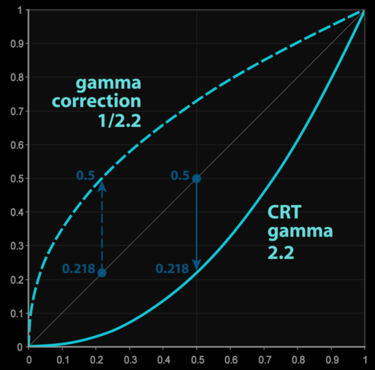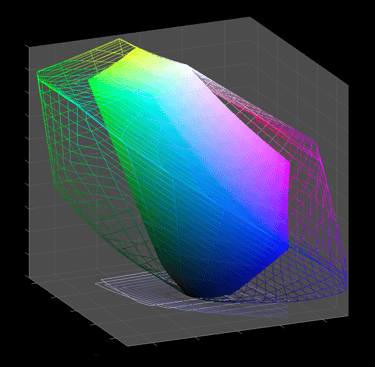Understanding Display Calibration, Profiling, and Color Management Systems
This post explores display calibration, profiling, and color management systems, essential for maintaining consistent and accurate color reproduction across different devices.
Luca and Alice
2/3/20253 min read


The Concept of Gamut and Its Importance
A gamut refers to the range of colors a device can reproduce.
It is determined by the chromatic coordinates of the primary colors (red, green, and blue), often expressed in XYZ coordinates, and how the device responds to input values (gamma).
Different devices have different gamuts, meaning an image may appear differently depending on where it is displayed. Gamut mapping is the process used to transfer an image from one device to another while preserving color accuracy.




Accurate color representation is essential in digital imaging, whether for professional photography, digital art, or scientific analysis. Here, we aim to clarify terms and procedures like calibration, profiling, and color management systems (CMS), focusing on how displays handle color and how these processes ensure consistency across different devices.
Calibration vs. Profiling:
What's the Difference?
Two critical processes ensure accurate color reproduction: calibration and profiling.
Calibration involves adjusting a display’s physical parameters, such as brightness, contrast, and color balance, to predefined standards. This helps eliminate color shifts and ensures a neutral white point. However, most monitors offer limited hardware adjustments, with many only allowing brightness modifications.
Profiling, on the other hand, is about creating a color profile that characterizes how a display reproduces colors. This profile helps in color conversions and corrections, ensuring consistency across different screens. A properly created profile allows us to predict the exact color output from specific RGB values.
In an ideal workflow, both calibration and profiling should be performed together, as calibration affects the accuracy of the generated profile. Without proper calibration, profiling may lead to inconsistencies and inaccurate color reproduction.


How to Manage Colors among Different Devices?
Gamut mapping is the process of adapting colors from one device to another, ensuring accurate color reproduction despite differences in their color gamuts.
To manage this transition, images are converted from the original device’s color space to a Profile Connection Space (PCS), an intermediate standardized space. This allows colors to be mapped in a way that maintains consistency across devices with varying gamuts.




CMS: Color Management System
A Color Management System (CMS) is a framework that ensures colors are consistently represented across different devices, from monitors and cameras to printers and projectors. It translates colors using ICC profiles, which describe how each device reproduces color.
The CMS pipeline involves several key steps:
Source Profile: Defines the original color space (e.g., sRGB, AdobeRGB).
Profile Connection Space (PCS): Converts color values into a standardized reference space.
Device Profile: Adjusts the output to match the target device’s capabilities.
Rendering Intent: Determines how colors outside the device’s gamut are handled.


While modern operating systems and professional software support color management, some applications do not, leading to inconsistencies in how colors appear.
Proper calibration, profiling, and understanding CMS limitations help achieve the most accurate and predictable color reproduction in digital imaging workflows
© 2024. All rights reserved.
